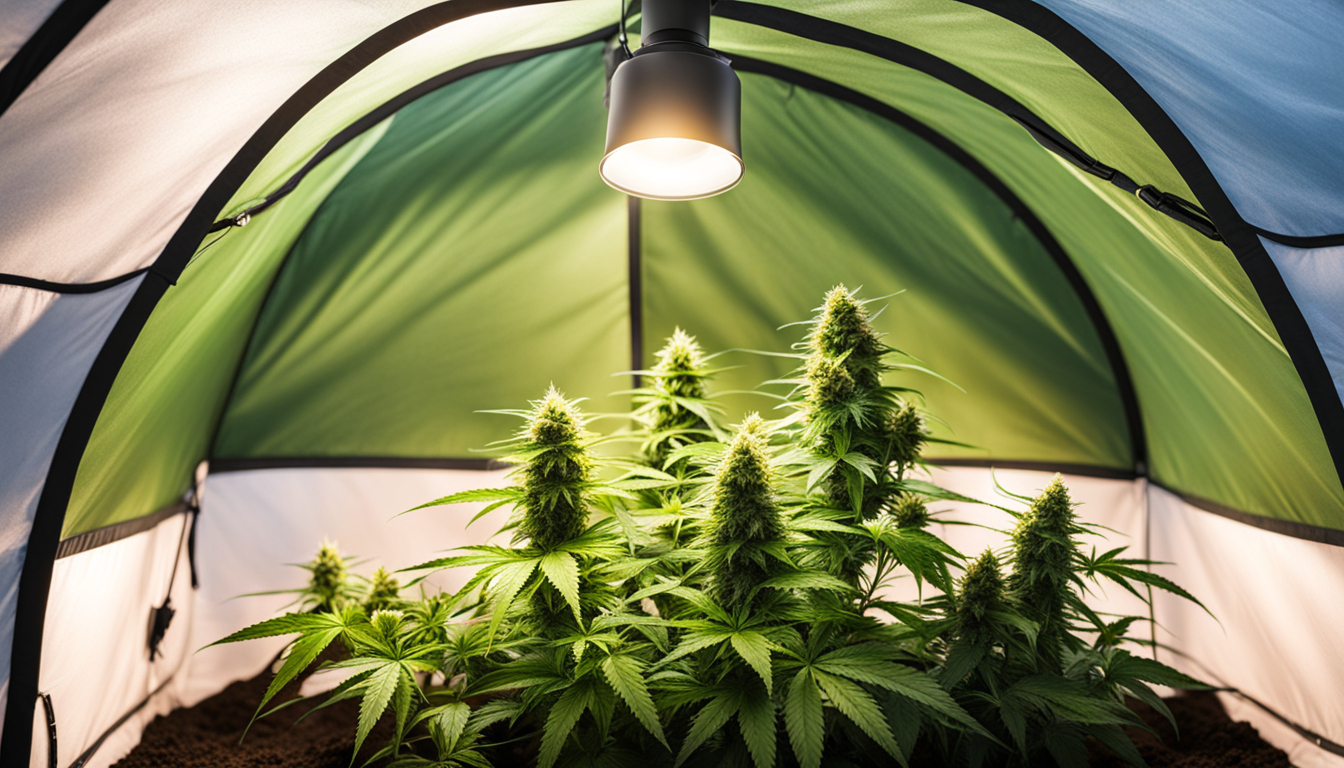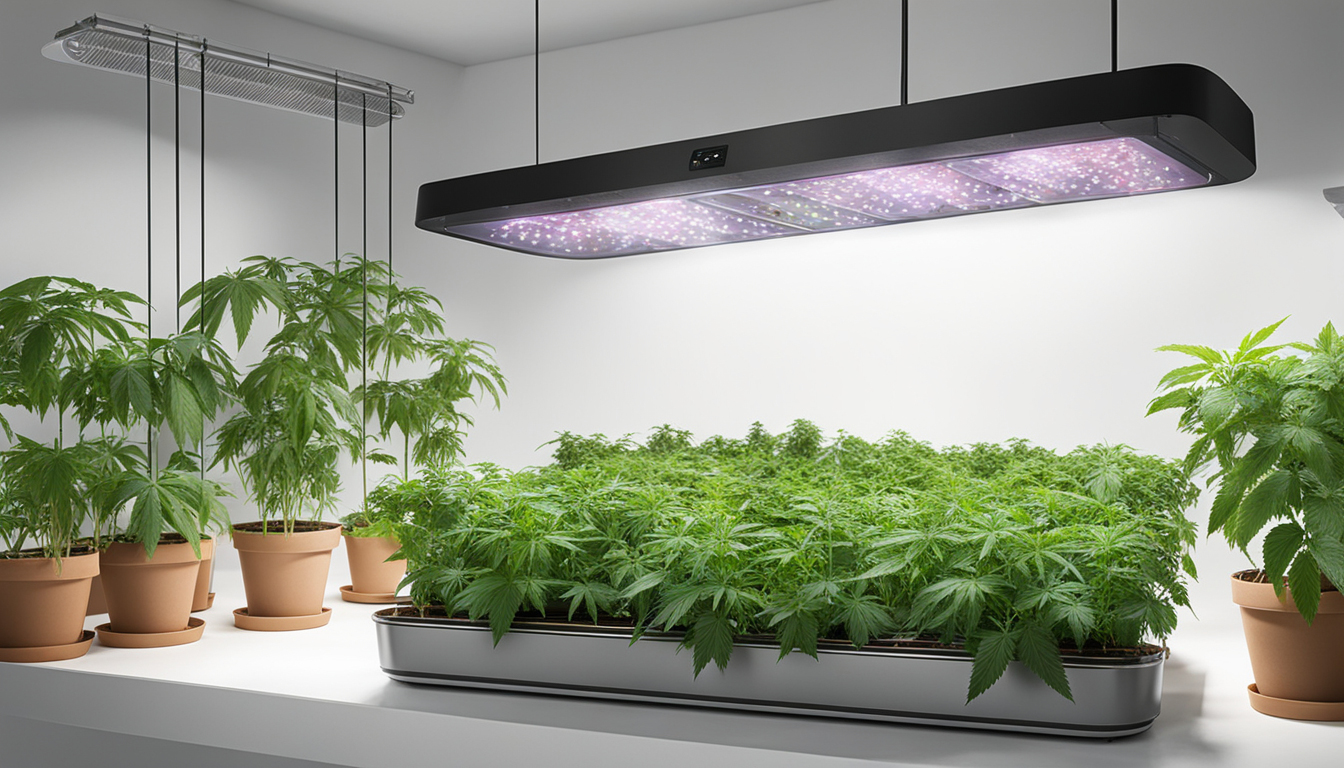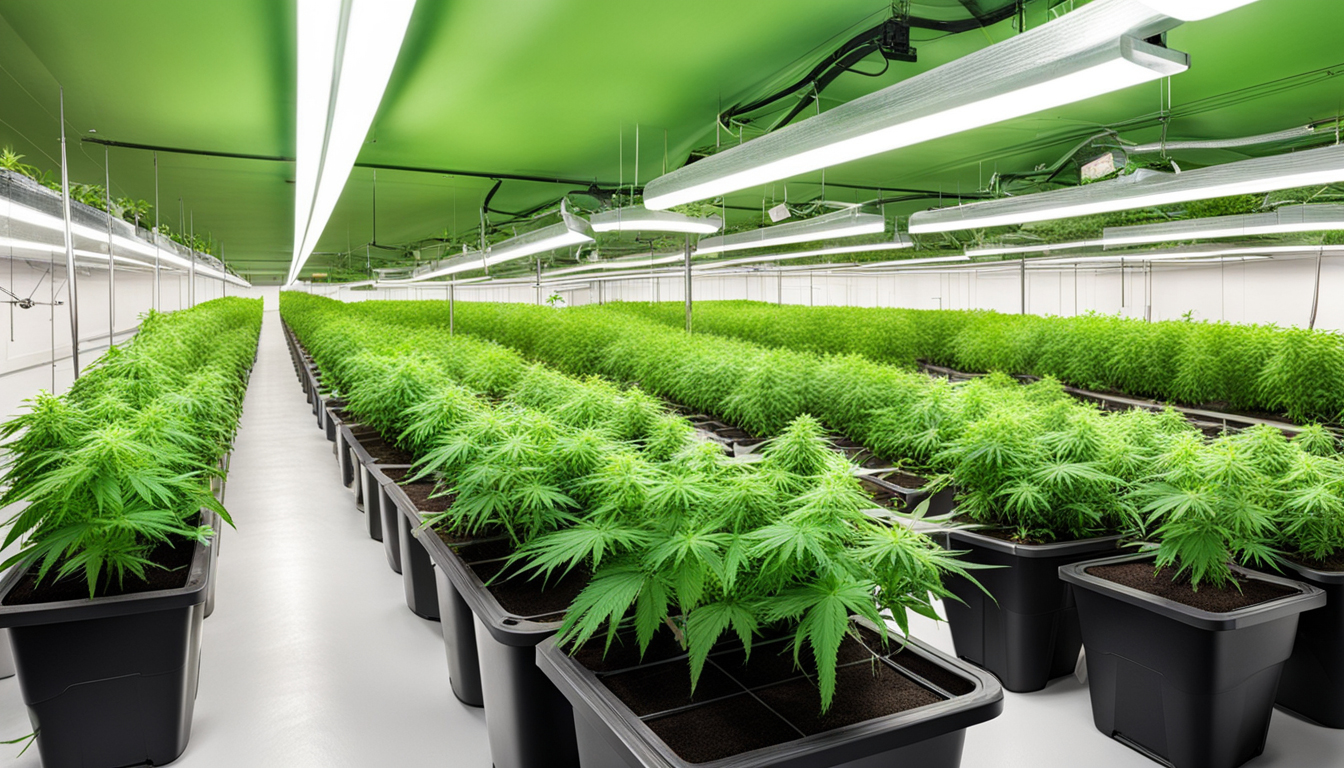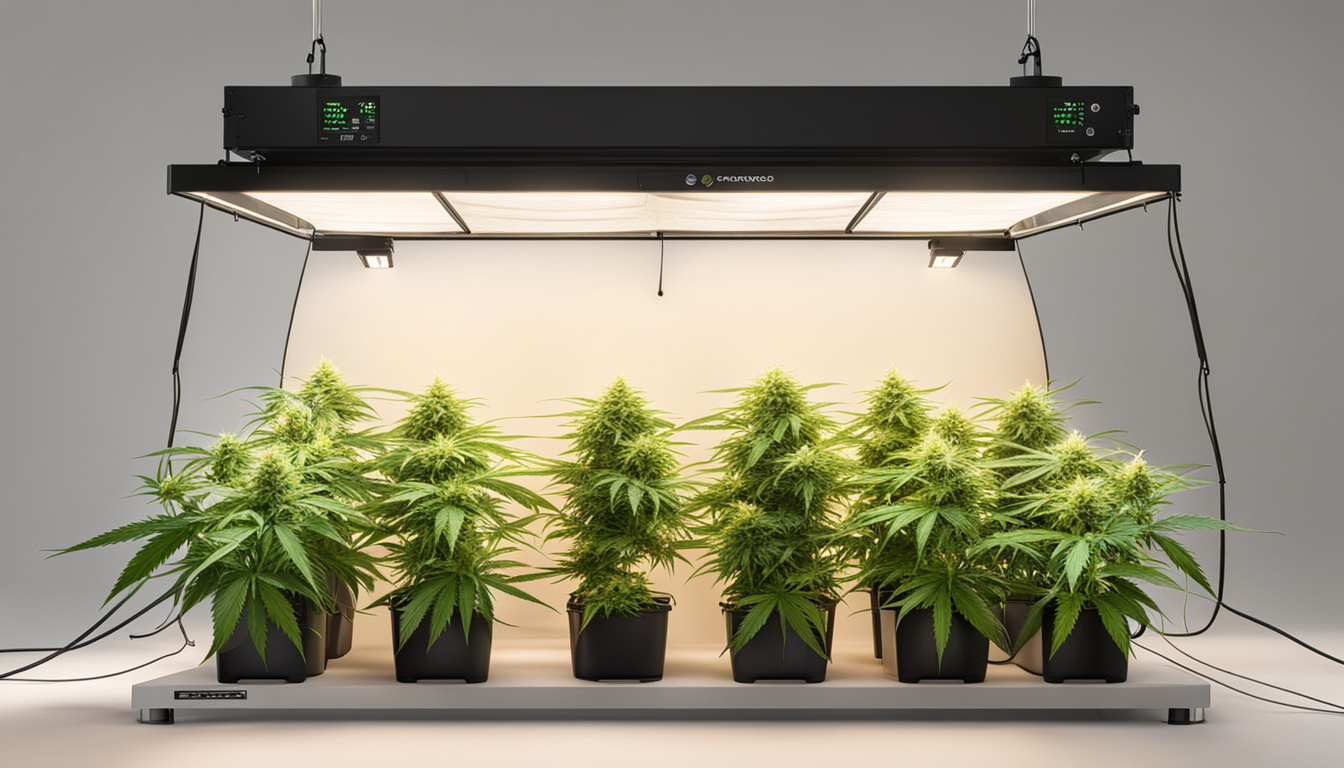
Whether you're new to marijuana production or looking to improve your existing grow, following this complete guide will help you produce large, high-quality yields right at home. With the right gear, methods, and attention, cultivating cannabis indoors can be an extremely rewarding and cost-effective endeavor.
Choosing Weed Varieties
The first step in planning your indoor harvest is choosing the right cannabis strains to grow. The three main types of marijuana plants each have their own qualities.
Energizing strains
Known for their energizing cerebral effects, sativas grow tall and slender with narrow leaves. They thrive in warmer equatorial climates and have a longer flowering time between 10-12 weeks indoors. Top sativa strains include Jack Herer, Durban Poison, Super Lemon Haze, and Jack Herer.
Relaxing strains
These strains provide calming full-body effects and spread short and bushy with broad leaves. Adapted to cooler mountain climates, they bloom faster within 2-2.25 months. Popular relaxing varieties include Northern Lights, Bubba Kush, and Bubba Kush.
Mixed strains
Mixed varieties mix traits from both energizing strains and relaxing strains. They offer blended effects and have medium blooming periods around 2.25-2.5 months. Popular mixes are OG Kush, Girl Scout Cookies, and Blue Dream.

Setting Up Your Cultivation Space
Pot plants need the right controlled environment to thrive. Key factors for indoor farms are lighting, ventilation, layout, and finding the ideal discreet area.
Location
Choose an available space with direct access to irrigation and electrical outlets. An empty spare room, large closet, basement corner, or cultivation tent tucked away in a garage all make great hidden grow room spots.
Lights
Marijuana requires powerful light for all vegetative stages. LED grow lights are energy-efficient and come in broad spectrum options replicating natural sunlight. Cover 250-400 watts per sq. ft for the vegetative stage and 400-600 watts per sq. ft. for flowering.
Ventilation
Proper ventilation and exhaust systems maintain ideal temperature, moisture, and fresh CO2 levels. Install quiet 10-15 cm fans or carbon filters to circulate stale air and eliminate smells.
Layout
Maximize your space by arranging plants carefully under the lights and leaving room to reach and work around them. Set up separate zones for growth, bloom, drying, and propagation.

Growing Substrates
Marijuana can be grown in various mediums, each with pros and cons. Pick a appropriate option for your specific setup and cultivation style.
Soil
The classic substrate, soil is affordable and simple for beginners. It provides great taste but requires more irrigation and fertilizing to feed plants. Enrich soil with perlite or coir to improve aeration.
Coco Coir
Made from coir, reusable coconut fiber holds water but still allows air to the roots. It's more sterile and more predictable than soil. Use coir-specific fertilizers to avoid accumulation.
Water systems
In hydro systems, plant roots develop directly in nutrient irrigation solution. This allows rapid development but needs close monitoring of solution chemistry. DWC and drip systems are common methods.
Germinating Seeds
Sprouting activates your weed seeds to start sprouting taproots. This readies them for planting into their cultivation medium.
Towel Method
Place seeds between moist paper towel and keep them damp. Inspect after 2-7 days for growing radicles showing germination is complete.
Direct Planting
Insert seeds directly into pre-moistened cultivation medium 6mm deep. Gently water and wait 1-2 weeks Donate Here until sprouts break through the surface.
Cubic rockwool
Soak rockwool cubes in pH-adjusted water. Place seeds 1⁄4 inch deep into the cubes. Keep cubes wet until sprouts emerge within a week to 2 weeks.
Repotting Seedlings
Once sprouted, weed young plants need to be transplanted to prevent overcrowding. Move them into appropriately sized pots.
Preparing Containers
Fill large pots with cultivation medium amended with time-released nutrients. Allow pots to soak up water overnight before transplanting.
Gently repotting
Gently separate young roots from germination medium using a spoon. Put into pre-soaked pot at same depth as before and lightly water in.
Vegetative Stage
The vegetative stage encourages leafy growth and plant structure through 18-24 hours of continual lighting exposure. This stage usually lasts 4-8 weeks.
Providing 18-24 Hours of Light
Use lamps on a 24 daily schedule or natural sunlight to trigger nonstop growth. Light intensity influences size and internodal spacing.
Fertilizing
Use vegetative stage nutrients richer in N. Make sure pH remains around 5.8-6.3 for full fertilizer uptake. Fertilize 1⁄4 to 1⁄2 strength after 2 weeks and increase gradually.
Training Techniques
Topping, low stress training, and scrogging manipulate shoot shapes for flat foliage. This boosts yields.

Flowering Stage
The flowering stage grows buds as plants reveal their sex under a 12 hour light schedule. It lasts 8-12 weeks depending on variety.
Switching to 12/12
Change lamps to 12 hours on, 12 hours off or move outside for outdoor 12 hour cycle. This signals plants to start blooming.
Flushing
Flushing flushes out nutrient salts to improve taste. Fertilize lightly the first period then just use pH'd water the final 2 weeks.
Flushing
Continue Subscribe Now 12/12 light timing but leach using neutral pH water only. Resume plain watering if buds aren't yet ripe after two weeks.
Harvesting
Knowing when pot is completely mature delivers maximum cannabinoid content and aroma. Cut down plants at optimal maturity.
Signs of readiness
Check fading pistils, swelling calyxes, and 5-15% amber trichomes. Check buds around the plant as they won't all ripen evenly.
Harvesting plants
Use sterilized, razor-sharp trimming scissors to carefully cut each plant at the base. Keep several inches of stem attached.
Curing
Suspend whole plants or colas inverted in a dark room with moderate temp and humidity around 50-60% for 7-14 days.
Aging
Curing continues desiccating while Discover More improving the buds like aged spirits. This process mellows bitterness and further develops terpene contents.
Jars and Humidity
Manicure cured buds from stems and store into sealed containers, filling about 3⁄4 full. Use a sensor to monitor jar humidity.
Opening jars daily
Unseal jars for a short time each day to slowly reduce humidity. Rehydrate buds if RH drops below 55%.
Final Cure
After 2-3 weeks when moisture stabilizes around 55-60%, do a final manicure and store forever in airtight jars.
Common Problems and Solutions
Even seasoned growers run into different marijuana plant problems. Identify problems early and fix them properly to keep a strong garden.
Nutrient Deficiencies
Chlorosis often indicate inadequate nitrogen. Anthocyanins and leaves show low phosphorus. Check pH and increase fertilizers gradually.
Bugs
Spider mites, fungus gnats, mites, and root aphids are common marijuana pests. Use neem oil sprays, predator bugs, and sticky traps for organic control.
Mold
Excessive humidity promotes powdery mildew and root rot. Improve circulation and circulation while reducing RH below 50% during bloom.

Conclusion
With this complete indoor weed growing guide, you now have the knowledge to grow plentiful potent buds for private grows. Follow these steps and techniques during the germination, vegetative, and flowering stages. Spend in good equipment and carefully check on your plants. In time, you'll be compensated with sticky aromatic buds you raised yourself under the patient guidance of your green thumbs. Good luck cultivating!